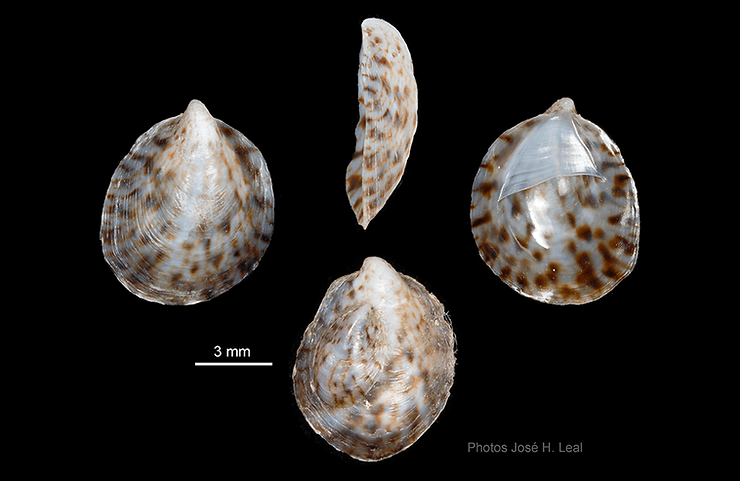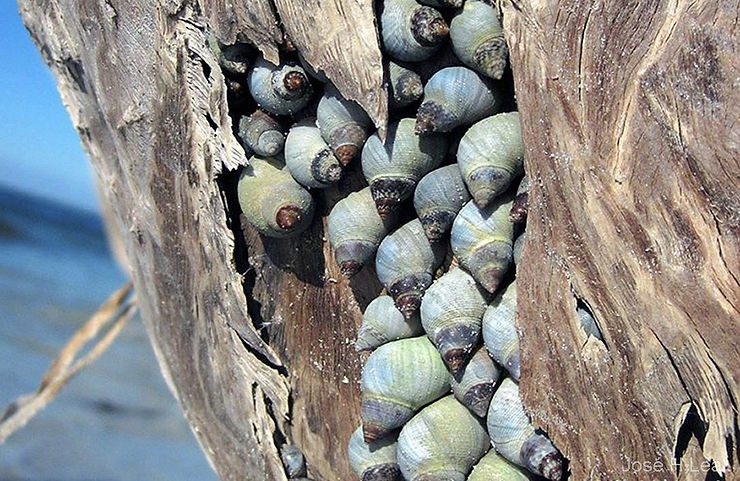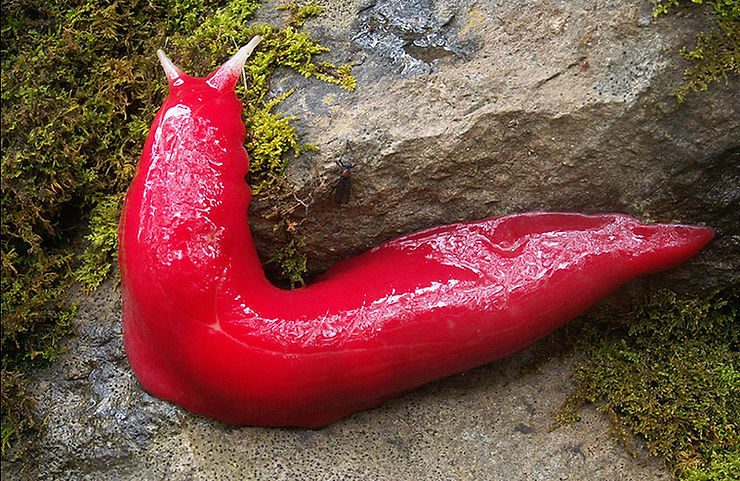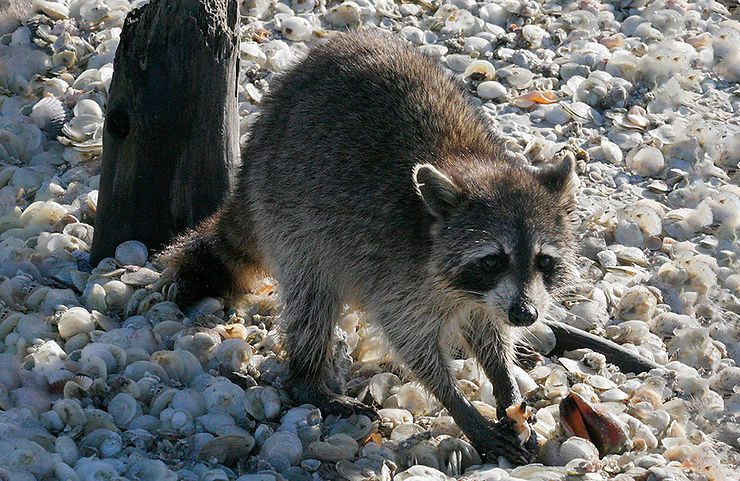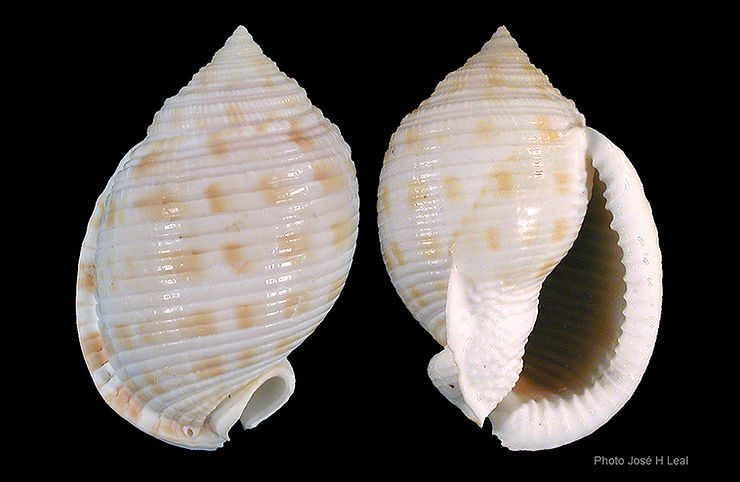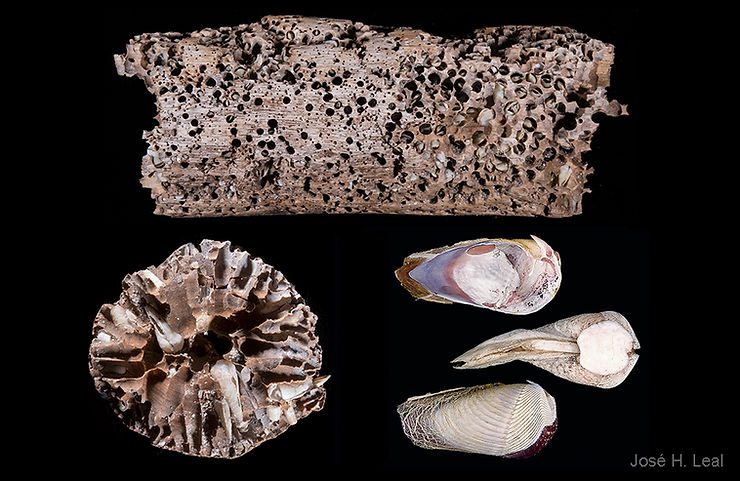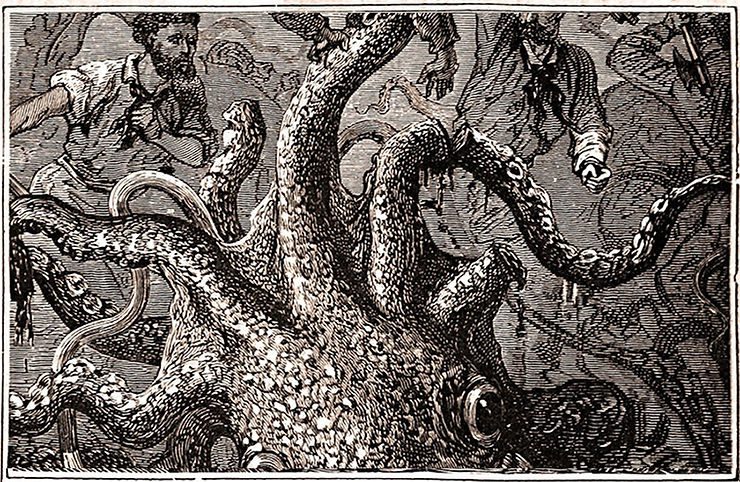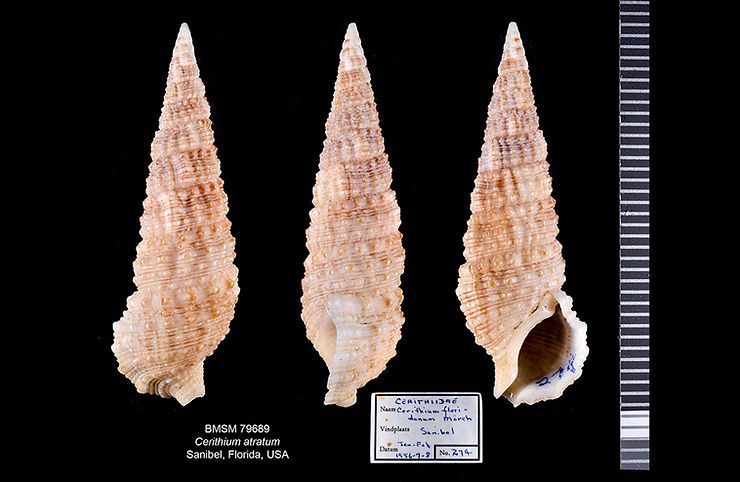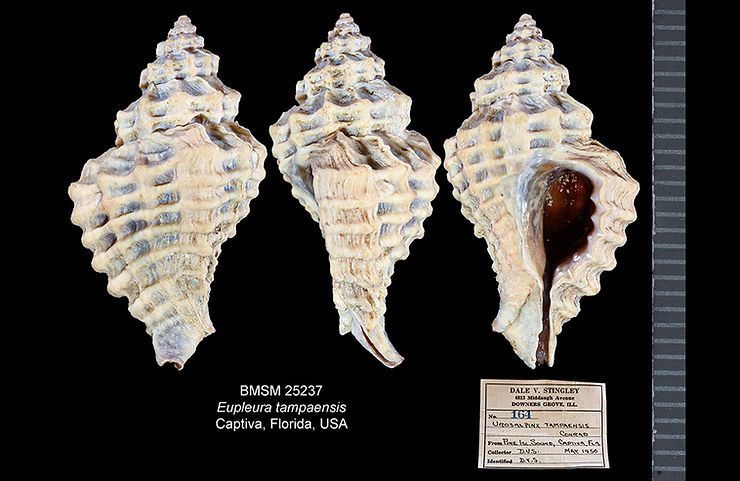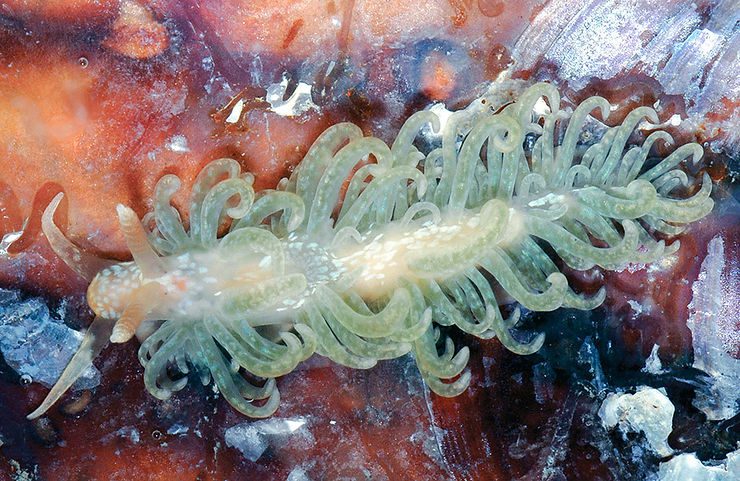
Shell of the Week: The Brazilian Spurilla
Spurilla braziliana MacFarland, 1909, is a relatively large, shell-less sea slug that reaches about 80 mm (about 3 inches). The curly projections on the “back” of the slug are known as cerata; each ceratum includes an extension of the animal’s digestive gland. The Brazilian Spurilla feeds on sea-anemones, and may assimilate cnidocytes (stinging cells) the from sea-anemones it feeds into its own body to use as a defensive mechanism. Its color is variable, covering light-pink, orange, green, light
